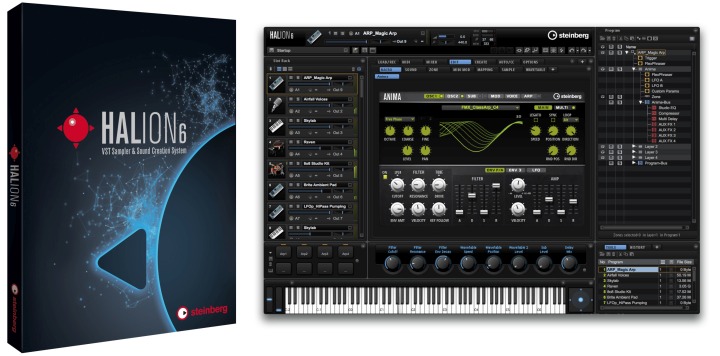


You're only trying to remove any corrosion, not sand the insides! Works great, I've dones this on many an old amp or guitar. Then, you simply push it in, maybe a small twist or two and pull it back out. Just cut a thin piece (1.5" or so) by around 4" and roll it into a tube small enough to fit inside a jack. It looks like the picture below except it should say "600" at the top left. However, there is an easy maintenance that works far better than simply removing and reinserting a jack: 600 grain, ultra-fine, wet or dry sandpaper.

I haven't had any real issues with them and it should be noted that the condition that Jeff is referring to pretty much happens for ALL jack connections on everything you have. In addition to the jack-normalling, isolated, split, normal and half-normal abilities, I also have a few send and receives that work great with effects (stereo TRS send to two mono TS). I have three Neutrik NYS-SPP-L (evidentally the "cheaper" kind) and I extensively use them because they can be patched both in the front and rear. Basically they suck! If you can avoid them you should. The TAFE college where I teach sound engineering has got expensive batam patchbays ($1000 per single rack space or more!) and even they are going bad now with their internal normalising connections.
#Steinberg midi patchbay Patch#
If you find you hardly ever patch and you are just normalising through them most of the time then you might be better off hard wiring those signals instead. They are only good if you do a lot of patching. But I realise that may not suit everyone and for some they are a necessity. As a result I don't have one patchbay in my studio and yet I can route signals around like you would not believe and I have better options than with a patchbay. My system is complex and is built around a Yamaha digital mixer. (don't just spray it in there either)Īn even better option is to design your system so no patchbays are required at all. It really sounded like the module was not well but after checking the rear patchbay connections it all came good!)Ī better option is to pull the rear leads out and clean the tips of the plugs and the inside of the sockets with a quality contact cleaner. (I used to have a Roland MKS20 piano module and one time the right channel dropped in level and went very distorted. I have even had quite strong distortion due to these rear connections. What I found I had to do was every six months or so was to just pull all the rear plugs out (not all the way either) once or twice and push them back home firmly. They either use D Sub connectors or they hardwire.īecause the jack connections on the rear are not moved or touched, a form of corrosion (not bad but troublesome none the less) can ocurr on the tip of the plug and also the spring steel inside the socket that is touching the tip of the plug. A common problem with (cheaper) patchbays is that they have the jack connections on the rear of the patchbay as well as the front.


 0 kommentar(er)
0 kommentar(er)
